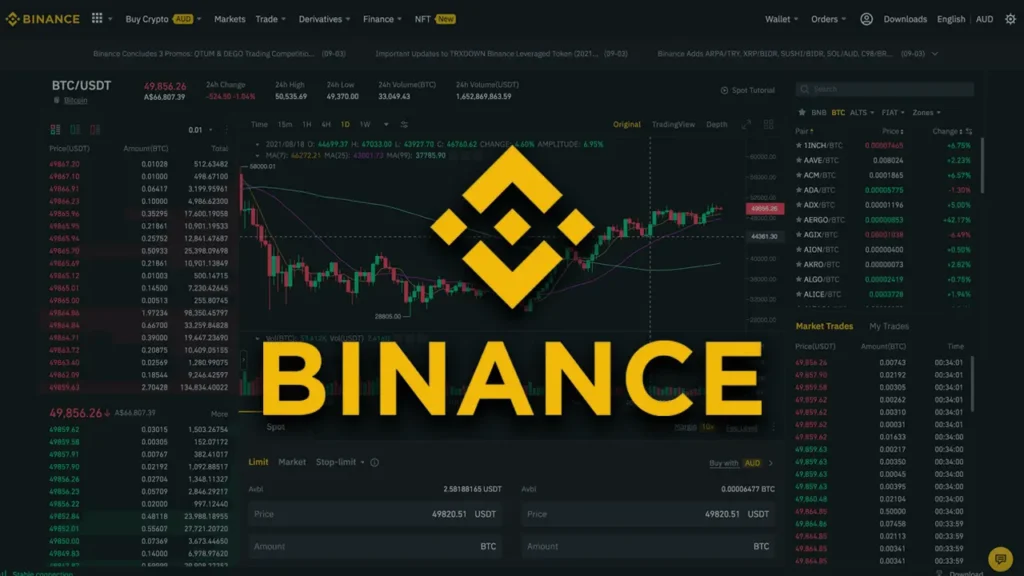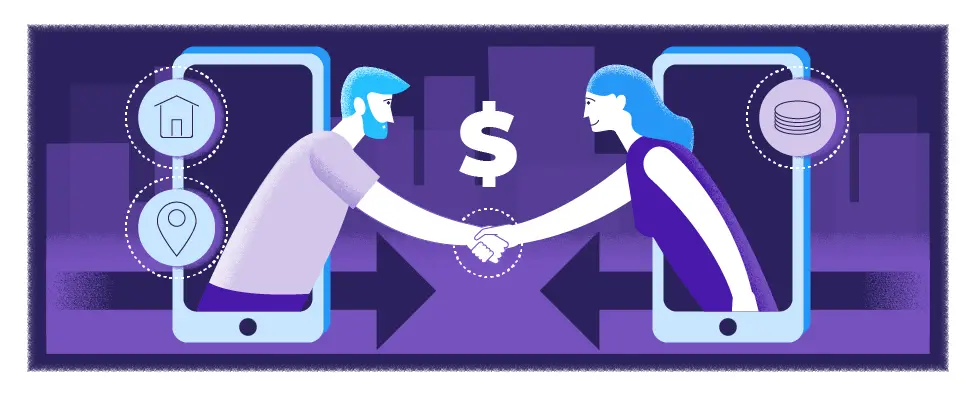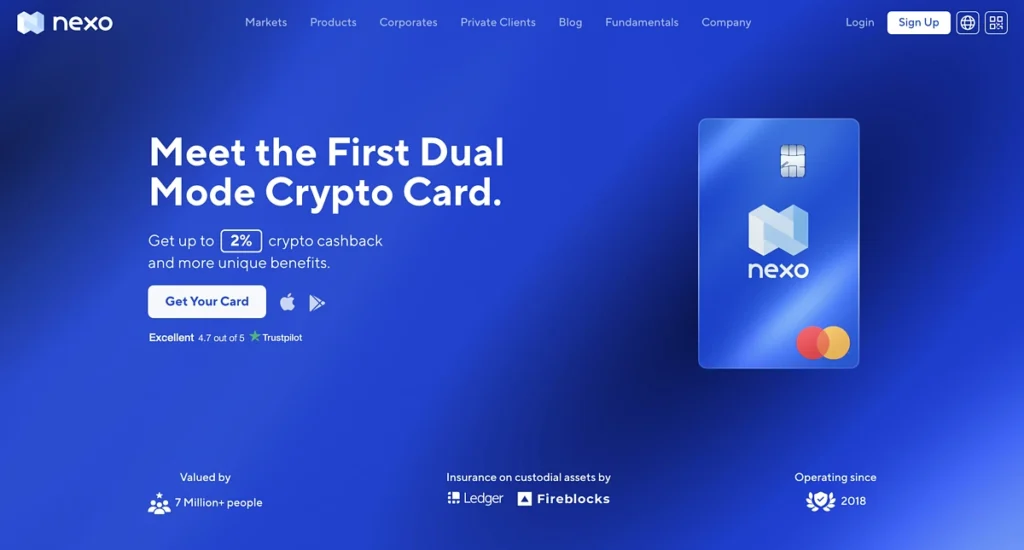USDT real world usage: How to turn Tether into cash
January 25, 2025

If you’ve ever held onto USDT and thought, “Cool… now how do I actually use this stuff?” — you’re not alone. More and more people are diving into stablecoins, but when it comes to USDT real world usage, things can feel murky.
Good news? It’s not as complicated as it seems. Whether you’re looking to pay bills, buy groceries, or just cash out, here’s how regular people are turning USDT into usable, real-world money.

First Up: Centralized Exchanges (CEX)
This is usually the go-to method for most crypto holders. Why? It’s reliable and backed by regulated platforms.
Here’s how it works:

- Sign up on exchanges like Binance, Kraken, or Coinbase
- Verify your identity (yep—KYC is required)
- Convert USDT into your preferred fiat currency (USD, MYR, EUR, etc.)
- Withdraw straight to your bank account or card
This route is solid—but be aware of:
- Processing delays (especially during high traffic)
- Withdrawal fees or conversion charges
- Daily or monthly limits depending on your country
Still, it’s one of the easiest entry points if you’re new to this.
Peer-to-Peer (P2P) Transfers – Fast, Flexible, Risky

Want something more personal and instant? P2P could be your style. It lets you deal directly with buyers or sellers who want your USDT and are willing to trade it for:
- Bank transfers
- E-wallet credits
- Even good ol’ cash in hand
Popular platforms:
- Binance P2P
- OKX P2P
- Paxful
Why people love it:
- Super fast transactions
- More payment options
- Works well even in countries with limited banking
But… word of caution:
- There are scammers, unfortunately
- Always use platforms with escrow features
- Double-check user ratings and transaction history
Crypto Debit Cards – Swipe & Go

Sounds too easy? It kinda is.
Some platforms let you spend your USDT like real cash using crypto debit cards. These cards are typically powered by Visa or Mastercard and work just like any normal debit card.
How it works:
- Load USDT onto the card
- Convert it to fiat on the backend
- Spend online or in-store
- Withdraw from ATMs (if supported)
Popular options:
- Crypto.com Visa Card
- BitPay
- Wirex
Downsides? These cards may not be available in every country. Plus, fees vary—so check the fine print before going wild with spending.
Quick List: Other Real-World Ways to Use USDT
Sometimes, the simplest methods get overlooked. Here are a few more ways you can use or convert USDT in daily life:
- Crypto ATMs
- Insert USDT, get fiat back
- Fast but often charges 5–10% in fees
- Spend with merchants
- Some shops, cafes, and online retailers accept USDT directly
- Use apps like BitPay or NOWPayments to discover crypto-friendly businesses
- Send to friends or family
- Especially useful if they’re in different countries
- Fast, cheap, and doesn’t rely on banks
Real Talk: Legal Stuff & Tax

Look, no one loves taxes—but ignoring them is worse.
Depending on where you live, converting crypto to fiat can trigger capital gains tax or require declaration. Some regions are more relaxed, while others (ahem, the U.S.) take it pretty seriously.
What to do:
- Use tracking apps like Koinly, CoinTracker, or Accointing
- Screenshot your transactions and save email receipts
- If in doubt, ask a tax pro with crypto experience
Better safe than audited, right?
Final Thoughts: USDT Real World Usage Is Closer Than You Think
So, is USDT real world usage just hype? Nah, it’s very real. The tools are out there—you just need to pick the one that suits your comfort level, location, and urgency.
From debit cards to direct trades to cash ATMs, there’s a growing ecosystem built around making Tether spendable. Sure, it’s not exactly like walking into a store with a $10 bill, but it’s getting closer every year.
Just remember—test with small amounts first. Get a feel for the flow. And don’t be afraid to ask questions. Crypto’s wild, but it doesn’t have to be confusing.
Relevant News : Here

